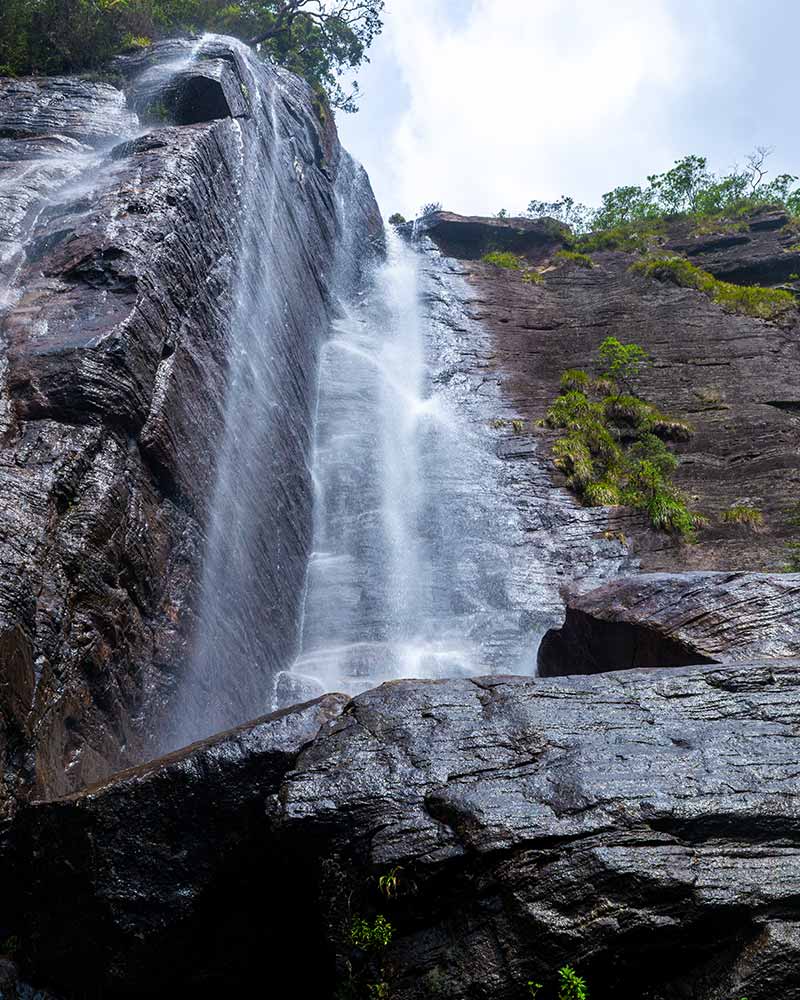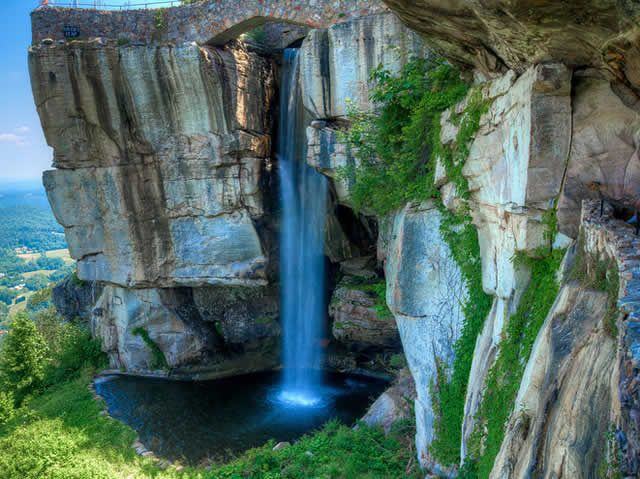

It may be tempting to go out onto the rocks for a better view, but a fall here would likely be fatal. Vahalik.You'll love the views at Lover's Leap but stay away from the rocky cliffs.

As Ker tried to climb back up, rocks and dirt began falling on him. Ker and a friend were about halfway down the cliff trying to retrieve a lost baseball cap. ~ Source: Image courtesy of the Texas Collection, Baylor University A Daring Rescue (August 1, 1953): Police rescue thirteen-year-old Milton Ker from a tree on the side of the 75-foot cliff at Lovers' Leap. Flooding was a regular occurrence prior to the construction of the Waco Dam.

Gildersleeve Water Rising: Wacoans gather at Lovers' Leap to witness the swollen banks of the Bosque River. ~ Source: Image courtesy of the Texas Collection, Baylor University ~ Creator: Fred R. ~ Source: Image courtesy of the Texas Collection, Baylor University Breathtaking Scene: The limestone cliff face provides a striking contrast to the surrounding greenery. ~ Source: Image courtesy of the Texas Collection, Baylor University A View Worth Sharing: The small group atop the cliff and the sentiment expressed in the handwritten note ("This is such a pretty scene I had to send you one") attest that Lovers' Leap was simply too picturesque to enjoy by one's self. Media Images Dangerous Beauty: The temptation to obtain a better view from the cliff's edge has led many visitors to climb over the protective walls and endanger their safety. In order to improve safety at the outlook and spruce up its appearance in time for the park’s centennial, the city of Waco constructed new fences in 2009 and removed foliage on the cliff face to enhance the view from the designated overlook plaza.įor more than one hundred years, Wacoans and tourists alike have been drawn to the dangerous beauty of Lovers’ Leap. However, select visitors in pursuit of a better vantage point sometimes ignored these barriers, leading to personal injury or in certain cases death. In an effort to safeguard the public from the cliff’s edge while not obstructing the splendid view of the surrounding countryside, park authorities constructed short stone walls. Since its establishment as an official outlook, Lovers’ Leap has presented a genuine safety concern. It is most likely a byproduct of late-Victorian romanticism and efforts to promote one of Waco’s natural wonders to outsiders. While stirring, no historical basis exists for the tale. The bodies of the two, still holding tightly onto one another, found a final resting place on the banks of the river close to the site of their first meeting. Cornered at the edge of a steep cliff above the Bosque, Wah-Wah-Tee and her brave chose to embrace one another and leap into the swollen river below rather than face a lifetime apart. The two hoped to elope but were thwarted in their effort to run away quietly at night by Wah-Wah-Tee’s father and brothers who objected to the union. As recounted by Decca Lamar West in her popular 1912 booklet The Legend of Lovers’ Leap, Waco Indian maiden Wah-Wah-Tee secretly accepted a marriage proposal from a handsome Apache brave despite the enmity between their tribes. On September 3, 1920, the Cameron family acquired the remaining 191 acres between Cameron Park and Lover’s Leap, thereby ensuring the bluff would remain a central attraction in one of Texas’ largest municipal parks.Īssociated with the cliff is a folktale involving two star-crossed Native American lovers. The Camerons originally leased the land to the federal government with the understanding that when Camp MacArthur troops no longer needed it as a recreation space, it would be added to Cameron Park. Though it had been the site of many picnics and romantic excursions, Lovers’ Leap had yet to receive formal designation as a park site. On June 28, 1917, the Cameron family purchased a tract of sixty acres featuring the cliff area known as Lovers’ Leap. A picturesque limestone bluff situated high above the Bosque River, Lovers’ Leap is as dangerous as it is beautiful.


 0 kommentar(er)
0 kommentar(er)
